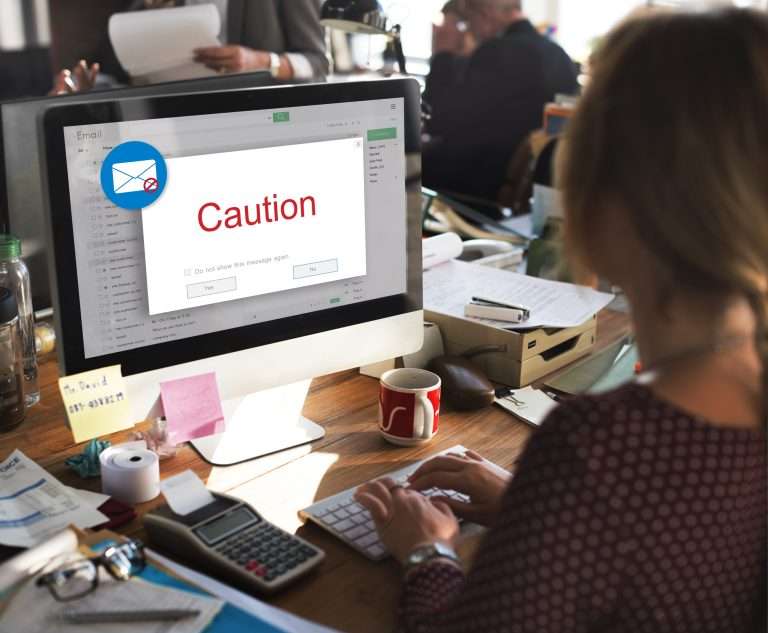Day 2
Track 2: Images & Search Engines
Panel Members:
Liana Evens of Commerce360
Chris Smith of Netconcepts
Shari Thurow of Omni
Cris Pierry of Yahoo! Search
James Jeude of Ask.com
I feel like I’m stalking Sheri Thurow of Omni Marketing Interactive here 🙂 Do they like clone her and have her in every session? Again, she is on the panel. Understand why. I love her. I think she is a great teacher! She gets my attention and keeps it. She’s witty too and maybe a little passive aggressive like me-ish. LOL 🙂
This session was all about optimizing images for the search engines. Universal search (Google’s new search system) will be changing the way we search by integrating listings not only from its standard web sites, but also from video, images, local and book search engines, news and blogs.
First and foremost, if you want your images to get indexed and not to interfere with your current or desired rankings, here are some tips for optimizing your images or image intensive sites…
Use secondary text! – Integrate keywords relating to the images around the image. Here are some secondary text options:
1. Title tag
2. Header tag
3. Anchor text
4. Breadcrumbs
5. Cross linking
6. Description text
7. Intro text
8. Image name (domainnamehere.com/keyword_image.jpg)
9. Page name (domainnamehere.com/keyword_page.htm)
10. Captions
11. Labels
Quick Fact: Although search engines can’t necessarily read or recognize images right now, they can indicate color and faces to differentiate sex. Wonder how they recognize Janet Reno.
Remember, if you are looking to optimize your images, you probably offer services of photography or stock images. The number of searches ending with “pictures,” “pics,” “pix,” “images,” “photography,” etc. is increasing rapidly. You must include those keywords in your page and image factors mentioned above. Feel free to do a quick search in Overture or WordTracker to see what terms follow your main keyword.
The next speaker was Liana Evans of Commerce360. She asks us…Why should we care about images and search engines? The answer…because it’s the 2nd fastest growing vertical search. Anyone wanna guess the first? Post your comments!
Quick Tip #1: Be sure to include an image with your press releases.
Quick Tip #2: Be sure to create a site map for your images to feed to Yahoo! And Google.
Our final speaker was Chris Smith of NetConcepts who taught us about the wonderful world that is Flickr. With Flickr you can upload photos to their file sharing website where your photo can drive lots of traffic. The site itself already gets ranked well so its quick to index new content. Especially WELL OPTIMIZED CONTENT. What does that include? Check the list up top again.
Then be sure to add or utilize the following:
1. Add tags with keywords.
2. Make it public! – Allow usage of the images for a mere link back. That link is more valuable than you know. You may not be getting money for your images, but the link is priceless when it drives REAL MONEY MAKING TRAFFIC to your site.
3. Associate your site with Del.icou.us
4. Blog about your photo. – Even try and get a Digg link.
5. Yahoo Travel and Yahoo Local also allow for adding of images. Utilize that folks! Don’t you like to see what the place you are staying at looks like? If you have 5 options and 2 have images, you will probably decide which of the 2 look best to begin your research. If it has the amenities you like, you buy. Done. One for the image site. Zero for the rest of you un-optimized sites!
6. Google Webmaster Tools allows for photo submission. Users are also encouraged to tag your photos, helping your keyword exposure.
7. Use social networks! Get your photo out to blogs and other social networks for users to generate content to support your image. Let them blog about you”insert main keyword here image.”
8. Alt text could be the tie breaker.. Although a lack of alt text isn’t the end all for ranking in the search engines, it can be what puts you ahead of your competition when you both have done everything else correctly.
***Remember, the alt tag was originally intended to assist those with sight disabilities. Be sure that your alt tags MAKE SENSE! Only integrate a keyword if it makes sense. And don’t worry about how long your alt tags are either. They need to be just long enough to help describe the image without losing the users attention.***
9. Users will often time misspell terms including both your main keyword and the secondary “image” term. Users are often using slang for such searches, including “pix,” “pics,” and “fotos.”
Quick Tip #1: Add a photo of your office/physical location to your site and free listing sites like Yahoo Local and Travel.
Quick Tip #2: Google Maps too!
If you are looking for a solution for using 3 sizes of the same image (thumbnail, medium, zoom) without being penalized for duplicate content, simply use a robots.txt file to exclude inclusion of all but one of the images.
Having trouble with someone stealing your image? There are places to report!
Still have remaining questions? Want more?
Check out Liana Evans Why Care About Image Search.
or
Chris Smith’s Optimizing through Image Sharing Sites.
Posted By: Angela Collins
Cal Coast Web Design



